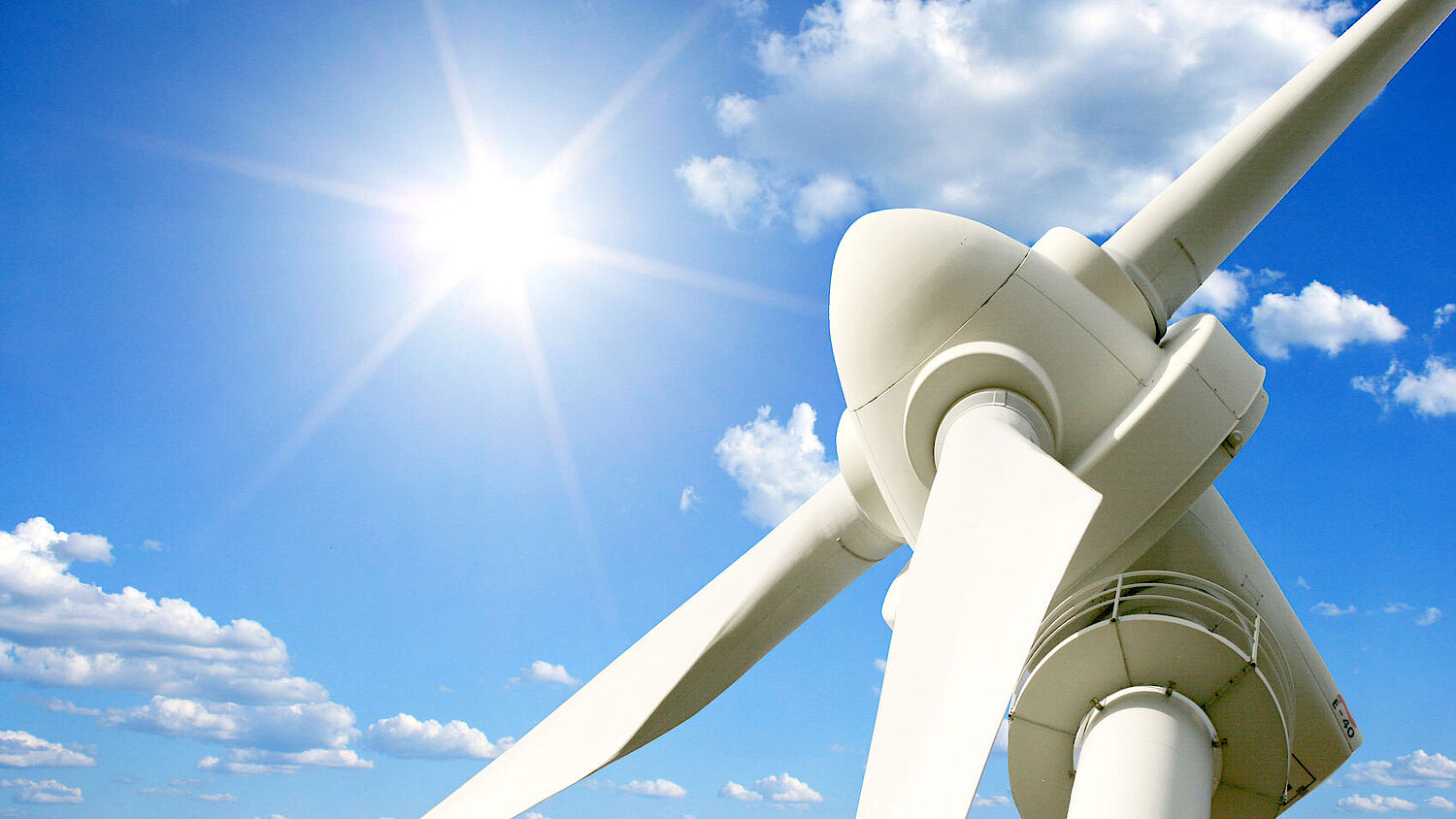Resource efficiency
While global resource consumption is growing and putting the environment under enormous pressure, resource scarcity may have severe consequences for the economy. This is why the sparing and efficient use of our natural resources (raw materials and energy sources, biomass or minerals) is one of the key strategies for sustainable development in our society. Resource efficiency has recently become increasingly relevant in environmental and economic policy in Austria, as well as in the EU and at international (OECD, UNEP) level.

The European Commission has highlighted resource efficiency as one of its seven flagship initiatives of the European 2020 Strategy. Based on this initiative, the European Commission has published a roadmap for a resource efficient Europe with the aim to make resource efficiency an important base upon which the Member States build their policies.
The lead indicator of this political initiative is resource productivity. This indicator, published by Eurostat on a regular basis, is the ratio of gross domestic product (GDP) to domestic material consumption (DMC).
Eurostat regularly publishes this headline indicator and other relevant indicators, covering as many of the themes identified in the Roadmap to a Resource Efficient Europe as possible, in the "Resource Efficiency Scoreboard".
Resource efficiency and environmental accounts
The materials consumed by a nation are calculated via material flow accounts. On the basis of this EU-wide harmonised method, it is also possible to develop comparable indicators of resource efficiency (see Physical Accounts - Material Flow Accounts).
Along with the EU, the OECD and the UN also use these indicators for their activities in the field of resource efficiency.
In Austria, Statistics Austria publishes updated resource indicators every year, as one of the modules of environmental accounting.
Resource effienciency in Austria
Resource efficiency (resource productivity) in Austria has increased by around 22 % since 2000, while resource consumption (DMC) has increased by 6.5 % in the same period. This shows that technological improvements and structural change have succeeded in decoupling material consumption from economic growth, at least relatively. However, the goal is a permanent absolute decoupling of GDP and DMC, i.e. falling absolute consumption with increasing economic growth or even beyond that, resource consumption that is sufficiently absolutely decoupled from economic growth and falls below the planetary boundaries.
In 2020, resource efficiency was still heavily influenced by the effects of the corona pandemic. Nevertheless, it can be observed that during this period material consumption increased continuously while GDP fell. In 2021, GDP rose sharply again, while material consumption also continued to rise; an absolute decoupling of material consumption and economic growth has still not been achieved.
BMLUK: RESET2020 - Ressourceneffizienz im Bundesministerium (German)
BMLUK: Bericht “Resource Use in Austria 2024” (German)
Statistics Austria: Material flow accounts
European Commission: Roadmap to a Resource Efficient Europe
European Commission: Resource Efficiency
European Commission: Resource Efficiency Scoreboard
OECD: Resource Efficiency (Recommendations of the Council on Resource Productivity)

